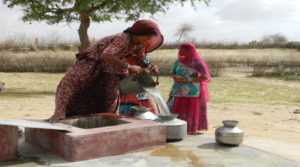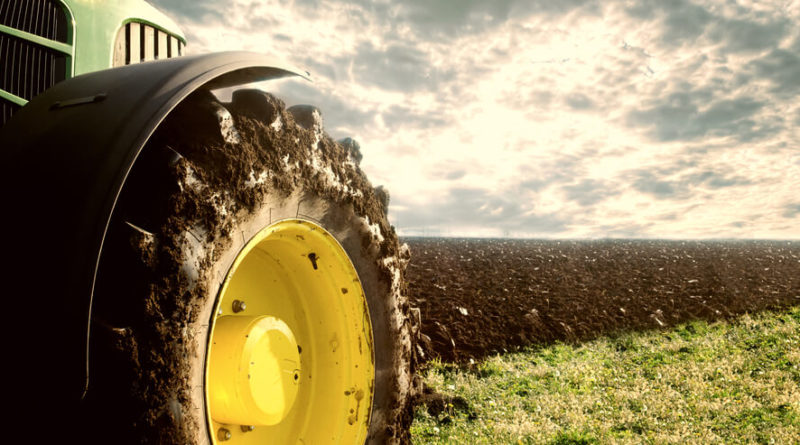Its Summer time, Bringing Home Water Rationing Already

The latest release from the Ministry of Water Resources welcomed the summers by announcing that Water storage level of 91 major reservoirs of the country went down by one percent. “The water storage available in 91 major reservoirs of the country for the week ending on April 04, 2019 was 48.319 BCM, which is 30% of total storage capacity of these reservoirs. This percentage was at 31% for the week ending on March 28, 2019.” Says Ministry of water.
The news hasn’t been all positive for winters too. In November cities like Mumbai, Jaipur, Lucknow, Nagpur and Chennai were facing an acute shortage of water and many had started water rationing, making the inhabitants who will head for a vote soon, unhappy.
In cities like Pune, Mangalore, Shimla, Lucknow, Nagpur, Jaipur and Chennai water rationing has been implemented on and off over the years. In 2018, a NITI Aayog report said that 54 per cent of India’s groundwater wells are declining, and 21 major cities are expected to run out of groundwater as soon as 2020, affecting almost 100 million people. Which means groundwater resources will be further under duress in the coming lean period.
Delhi-based non-profit Centre for Science and Environment says Indian cities initially relied on rivers, lakes, tanks or systems using groundwater recharge like stepwells or wells. These have now dried up, got filled or are too polluted to use. Cities should augment the local water supply, protect waterbodies and incentivise rainwater harvesting. Sewage treatment and reuse and recycling of water should be practiced as far as possible.
Last weekend, a Kerala Water Authority official admitted to the prevalence of harsh drought conditions but expressed confidence that it has enough storage to meet drinking water needs. According to Water ministry, the water levels in the southern India have dipped by 4% since last year, which is the second highest dip after Western India(8%). The case seems like a paradox in itself as last year, Kerala suffered massive floods.
To make things worse, the India Meteorological Department predicts during April to June (AMJ) season average maximum temperatures are likely to be warmer than normal by 0.5 degree C. It added that there is about 44% probability of maximum temperatures to go above normal in the core heat wave (HW) zone. Core HW zone covers states of Punjab, Himachal Pradesh, Uttarakhand, Delhi, Haryana, Rajasthan, Uttar Pradesh, Gujarat, Madhya Pradesh, Chhattisgarh, Bihar, Jharkhand, West Bengal, Odisha and Telangana and meteorological subdivisions of Marathawada, Vidharbha, Madhya Maharashtra and coastal Andhra Pradesh.
Northern India has another reason to be wary of summers. Dust storms like yesterday in Delhi and Rajasthan. A study has found that dust storms last year, led to significant changes in the wind speed, temperature, and patterns of vertical transport of atmospheric parameters, altering concentration of some greenhouse and trace gases that are detrimental to air quality.
“An increase in ozone precursors – carbon monoxide and nitrogen oxide – takes place after major dust events, which is likely to enhance surface ozone. Such processes also increase PM2.5 and PM10 and harmful greenhouse gases at the surface that has an adverse impact on human health,” researchers have concluded.
The link between the increase in surface ozone and dust is important and has been observed during other dust events as well. For Delhi, the study said, the increase in surface ozone is particularly strong, while it was far less in Kanpur, indicating the gradual migration of dust storms further inward.
These phenomena are naturally dealt with by the monsoons which are predicted to be below normal this year. India’s only private weather forecasting agency Skymet on Wednesday raised red flags by saying that there is 15% chance of drought.
All pointers indicate water rationing hurts but nonetheless it could be a way to defer Day Zero in many cities. While we hope the rain gods will be benevolent, it is time we buckle up and learn how to conserve rainwater.








